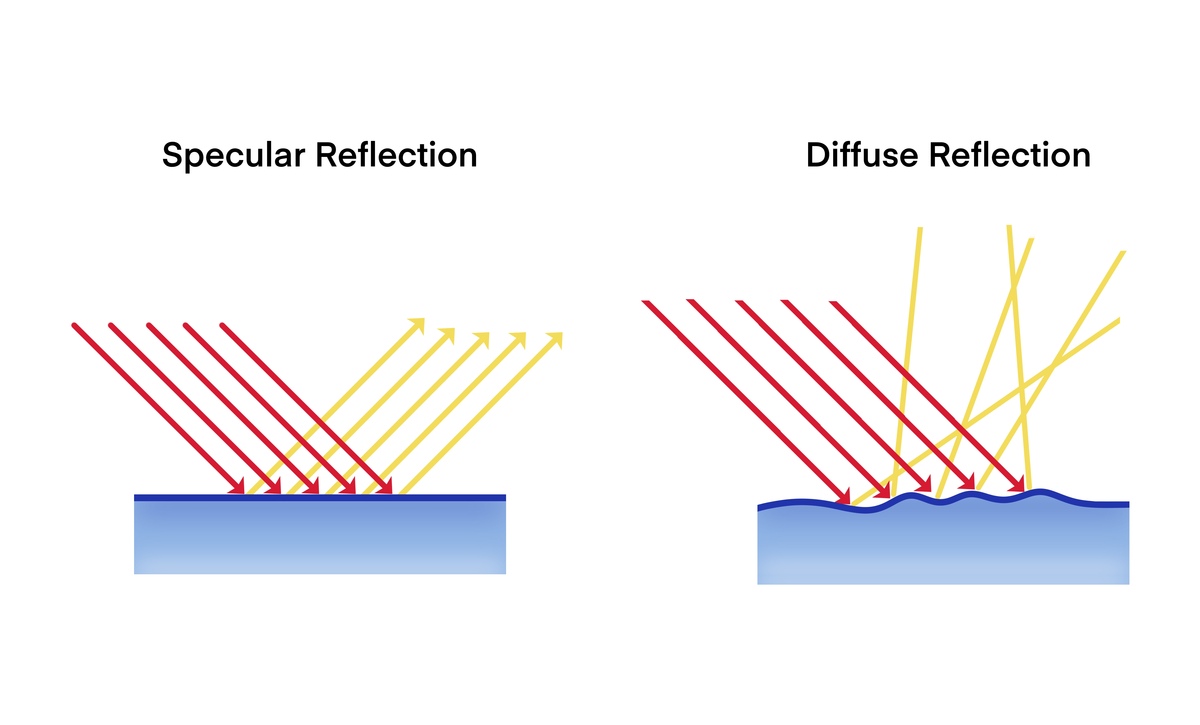Rotor Position Observation Techniques: Innovative Approaches & Sensors
-
Use of Hall Effect sensors: Hall Effect sensors can be used to detect the position of the rotor in a motor or generator. These sensors are placed in close proximity to the rotor and can detect the magnetic field of the rotor as it rotates.
-
Optical Encoders: Optical encoders use a light source and a series of sensors to detect the position of the rotor. As the rotor rotates, the light source illuminates a series of marks on the rotor, which are detected by the sensors. The position of the rotor can then be calculated based on the pattern of marks detected.
-
Magnetic Encoders: Magnetic encoders use a similar principle to optical encoders, but instead of using light, they use magnetic fields to detect the position of the rotor. A series of magnets are placed on the rotor, and sensors detect the changes in magnetic field as the rotor rotates.
-
Resolver: A resolver is an electromechanical device that is used to detect the position of the rotor in a motor or generator. It consists of a stator and a rotor, each with a winding. As the rotor rotates, the magnetic field between the windings changes, which can be used to calculate the position of the rotor.
-
Inductive Sensors: Inductive sensors can be used to detect the position of the rotor in a motor or generator. These sensors use a coil of wire to create a magnetic field, which interacts with the magnetic field of the rotor. The position of the rotor can then be calculated based on the changes in the magnetic field detected by the sensor.
-
Acoustic Sensors: Acoustic sensors can be used to detect the position of the rotor in a motor or generator. These sensors use sound waves to detect the position of the rotor. As the rotor rotates, it creates sound waves that can be detected by the sensor, allowing the position of the rotor to be calculated.

原文地址: https://www.cveoy.top/t/topic/mL5L 著作权归作者所有。请勿转载和采集!